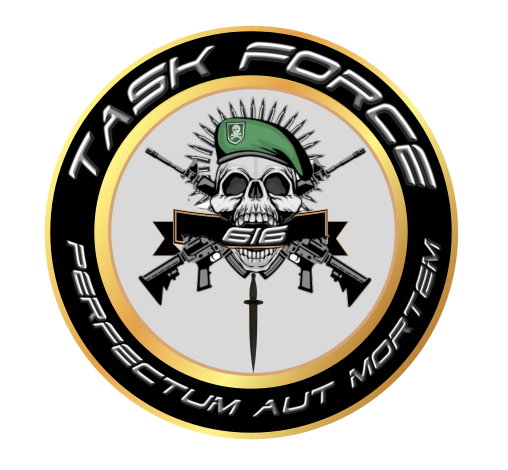About The Siege Project
Welcome to The Siege Project
The ultimate indoor airsoft, tactical training, and immersive gaming experience! Located in a dynamic, custom-built facility, we offer high-energy gameplay, team-building experiences, and unforgettable events for players of all skill levels.
Our Mission
What We Offer
- Indoor Airsoft & Nerf Battles – Take on intense CQB (Close Quarters Battle) scenarios in our custom-built tactical arenas with blackout zones, themed layouts, and realistic props.
- Corporate Tactical Training – Learn from ex-military and counter-terrorism experts with weapons handling, scenario-based missions, and high-intensity team-building drills.
- Seasonal Events & Special Experiences – Experience unique, fully immersive events like our Halloween Horror Maze, Christmas Shoot-Outs, and other thrilling themed events.
Coming Soon
- Escape Rooms & Tabletop Gaming – Solve intricate puzzles in our upcoming Escape Room Challenge, or enjoy Warhammer and Dungeons & Dragons nights.
- Games Room & Social Hub – Relax between games with pool tables, darts, and a cozy café to refuel and strategize.
- A1 Airsoft Shop – Gear up with top-quality airsoft equipment, tactical gear, and accessories available in-store.
Why Choose The Siege Project?
A Safe & Supervised Environment – Our highly trained staff ensure all safety protocols are strictly followed.
An Inclusive Experience for Everyone – Whether you’re competitive or casual, young or old, we’ve got something for you.
A Thriving Community – Join a growing network of airsoft players, strategy gamers, and adventure seekers.
Ready to experience the thrill? Book your session today and take on the challenge at The Siege Project!
Task Force 616: The Ghosts Of War

Task Force 616, known by its codename “The Ghosts of War,” is NATO’s most clandestine and elite special operations unit. Formed in the aftermath of a devastating global crisis, the task force was created to combat the most dangerous threats that conventional military forces could not handle. Their operations are shrouded in secrecy, with most of their missions classified at the highest levels of security. To the world, they are a ghostly presence—operatives who appear without warning and disappear without a trace.
Origins and Formation
Task Force 616 was born out of necessity during the height of the Second Global Terrorism Surge in the early 21st century. As terrorist organizations grew increasingly sophisticated,
utilizing advanced technology, cyber warfare, and asymmetric tactics, NATO recognized that traditional military responses were no longer sufficient. These new threats demanded a force that could operate in the shadows, beyond the reach of standard military doctrine.
The task force was assembled from the best operatives drawn from the special forces and intelligence agencies of NATO member states. The selection process was grueling, designed to test not only physical endurance and combat skills but also psychological resilience and moral fortitude. Those who made the cut were among the most highly trained and experienced soldiers in the world—veterans of countless conflicts, each with a unique set of skills honed on the battlefields of the 21st century.

Mission Profile and Capabilities
Task Force 616 is a unit designed for operations that require surgical precision and complete deniability. They specialize in high-risk, high-reward missions, often deep behind enemy lines or within hostile territories where no other unit can operate. Their primary mission profiles include:
– Counter-Terrorism: Neutralizing high-value targets, dismantling terrorist networks, and preventing mass-casualty events.
– Covert Operations: Conducting espionage, sabotage, and intelligence-gathering missions in hostile environments.
– Hostage Rescue: Executing complex rescue operations in situations where lives are on the line and failure is not an option.
– Counter-Proliferation: Interdicting and neutralizing weapons of mass destruction before they can be deployed.
Task Force 616 is equipped with the most advanced technology available, often field-testing cutting-edge prototypes before they are released to conventional forces. Their arsenal includes specialized weapons, cyber warfare tools, and stealth vehicles capable of infiltrating even the most secure locations. Each operative is trained in a variety of disciplines, from close-quarters combat and marksmanship to cyber warfare and advanced reconnaissance.
Add Your Heading Text Here


Lorem ipsum dolor sit amet, consectetur adipiscing elit. Ut elit tellus, luctus nec ullamcorper mattis, pulvinar dapibus leo.
